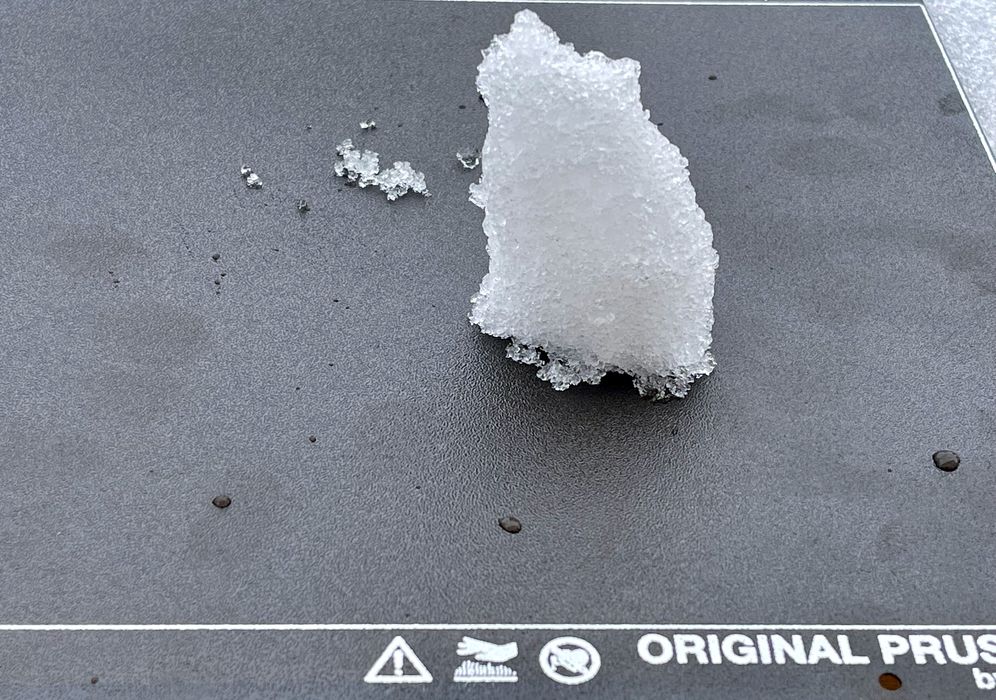
French 3D printing startup Neige3D announced a new and highly unusual 3D printer: the Dérive 1.0.
There’s plenty of new 3D printers being announced constantly, and it’s hard to keep up with the latest developments. A startup like Neige3D has to be very focused in order to succeed, and that focus should be on a specific niche within the 3D printing industry.
I’ve seen many such niches filled over the years. First it was desktop devices, then large format devices, and most recently high temperature equipment.
High temperature gear allows for the use of different engineering materials that are not only stronger and lighter than typical materials, but also able to withstand heat to a far higher degree than common 3D printing materials. It’s been a very successful niche for several companies in the space.
But now it may be that Neige3D has identified an entirely new 3D printing niche: cold printing. By “cold”, I don’t mean “normal” temperatures, which has been the opposite of high temperature materials. No, instead I mean actually cold, like below freezing temperatures.
There are a surprising number of materials that are solid at these low temperatures, and they can obviously be used to great effect in winter environments.
Since the Dérive is Neige3D’s first product, they must be careful and tightly focus its materials. For this machine, they’ve wisely chosen dihydrogen monoxide as the material. Not only is that material suitable for cold environments, but it’s also relatively easy to source.
We haven’t received many details of the device, other than that it is a desktop unit with sub 200mm build volume dimensions. The details of the specialized dihydrogen monoxide extruder seem to be quite secret, as that is the key to the company’s future.
We can tell from the image provided by the company above that the Dérive is based on an i3 platform, and in fact seems to use a standard Prusa removable build sheet. This is a PEI coated product, and evidently it adheres well to the dihydrogen monoxide material.
Also appearing in the image is what appears to be a sample print of the white material. However, we don’t have more information as Neige3D is apparently trying to remain stealthy, even as they have finally revealed their existence.
I’ve reached out to the company in hopes of obtaining a machine for testing in our lab. We’ve never attempted printing of cold materials, and it’s time we did.
It may be that Neige3D is on to something here. Have they found a new 3D printing niche? Or is this idea just going to evaporate away?
